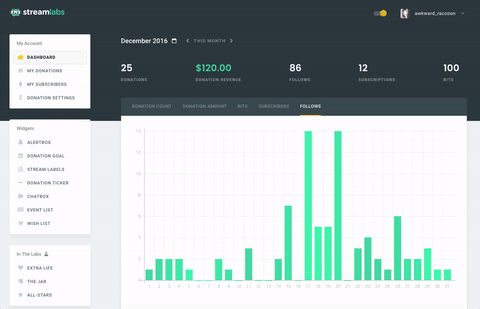


Statistics with gal don’t appear in the Energy Dashboard.That brings us to issue 2, which I don’t think is related to this integration. I worked around this by creating an Utility Meter sensor helper integration that resets daily. Since the Stream Labs isn’t a true meter that never resets, like a real physical water meter, I don’t think total_increasing is appropriate. So to make this most useful, the integration should probably add state class for the daily count with total and last_reset of daily It could also do total with last reset for monthly and the same for yearly. The API has daily (which from my two days of testing appears to update near-real time), Monthly (appears to update the next day) and yearly (appears to update the next day). Output from this integration does not show up in That is because the integration doesn’t set the State Class for Long Term statistics.To do this you will need to navigate to the “Custom Fields” tab where an additional volume control can be found.I’ve dug into this a bit more. Some packs have the sound provided in the standard Sound field, however if the alert has the sound included in the video file you will need to manually set the the audio portion of the video to “0”. Note: if you’re using a Nerd Or Die alert set with included sound effects and you wish to replace them with your own, you need to mute or delete our sound effect. You will need to do this for each alert you want to add new sounds for.Once you’ve selected your sound, click “Select” to close the prompt.Alternatively you can upload and explore your own alert sounds in the “Uploads” tab. The gallery includes a variety of free sounds. By clicking the “Upload” button (far right) you can browse the Streamlabs sound gallery.Scroll down until you see the Sound field.

Click on the Event Type you’d like to customize.Visit the alert box widget settings in the Streamlabs Dashboard.To customize your alert sound using Streamlabs:


 0 kommentar(er)
0 kommentar(er)
